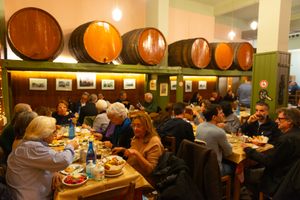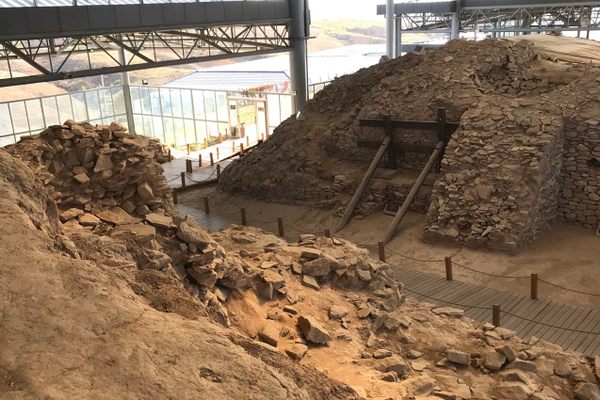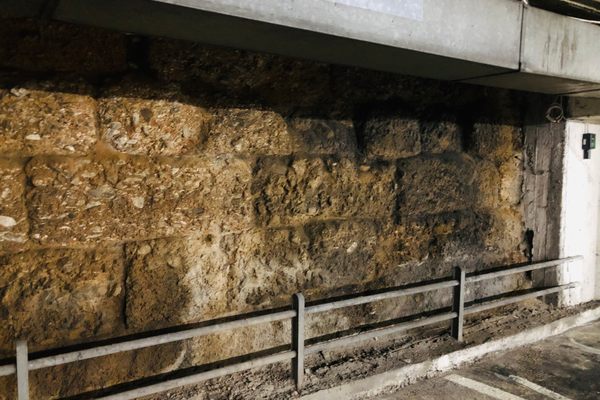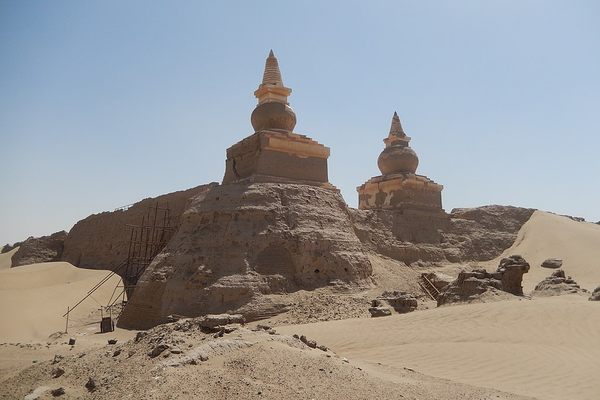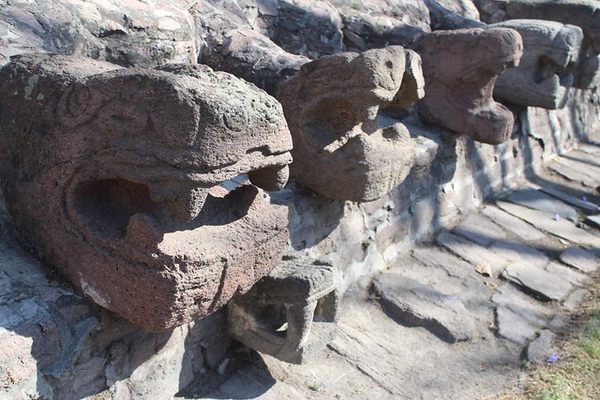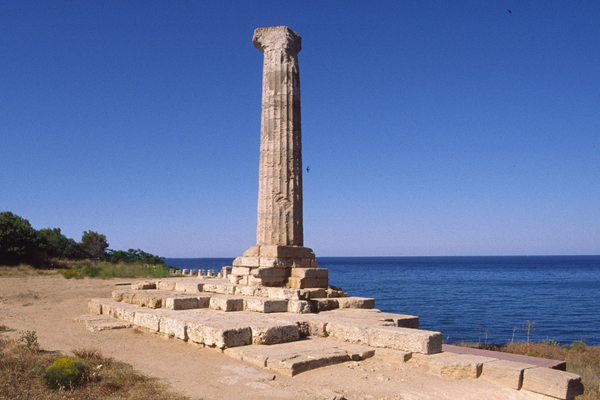About
Fortification walls have surrounded the city of Athens since ancient times. The Themistoclean Wall, which was built in 479 B.C., was one of the main lines of defense, and a smaller secondary wall known as a proteichisma was built in strategic areas beyond it. Remains of the Athenian proteichisma can still be seen today, including this section in the neighborhood of Thissio.
Both the Themistoclean Wall and the proteichisma were constructed using materials gathered from buildings and monuments that were destroyed during the Greco-Persian Wars, and mixed together with mudbrick. In 404 B.C., when the Athenians were defeated in the Peloponnesian War, they were forced to destroy what was left of the defensive walls. Starting in 394 B.C., the walls were repaired and rebuilt, then again in the third century A.D. The walls remained the main line of defense for Athens, but over time they were disassembled, decayed, and disappeared
Sections of the proteichisma were built in Thissio, an area of Athens that has been inhabited continuously for over 3,000 years. What was left of the wall was hidden for some 1,500 years, but during excavations for the new Athens Railway in 1868, the remains were discovered. In 1907, a section of the wall was unearthed at the corner of Erysichthonos and Irakleidon Streets.
The site was left relatively undisturbed until 1985, when further excavations occurred. It was then discovered that the ruins were part of a 7.6-meter (25-foot) long, 2-meter (6.5-foot) wide and 2.9-meter (9.5-foot) tall section of wall that stretched along Erysichthonos Street. The excavations also revealed the eastern side of the wall was reinforced with two buttresses, the western side had an additional fortification trench and there was a small road that led from the proteichisma to the Themesticlean Wall. Further excavations had to cease due to nearby underground water sources.
Due to strict Greek laws protecting archaeological sites and artifacts, a plan was developed to protect the walls at the site and also allow the public to admire them. The new plan called for decorative iron fencing to be placed abound the site at the current ground level, with a stone stairway leading down to the original level so the site can be admired from that elevation as well.
Related Tags
Know Before You Go
Thissio is generally a safe area of Athens, however visitors should be aware of their surroundings at night as this part of Thissio is near an area that is occasionally used for political demonstrations and other protests.
Additional sections of the proteichisma can be viewed in the parking garage at Klafthmonos Square, the archeological site at Kerimakos (the site requires a fee to enter however there is great viewing from public areas outside the site) and other areas throughout the city..
Community Contributors
Added By
Published
May 8, 2020





















